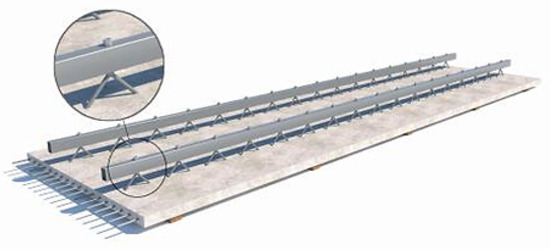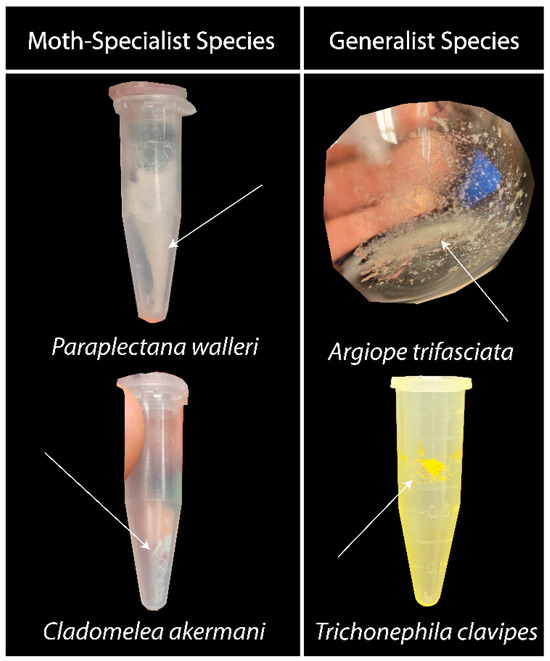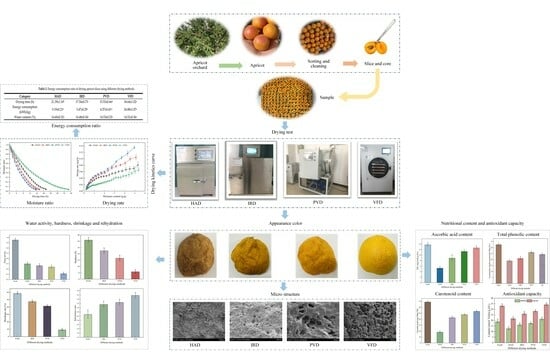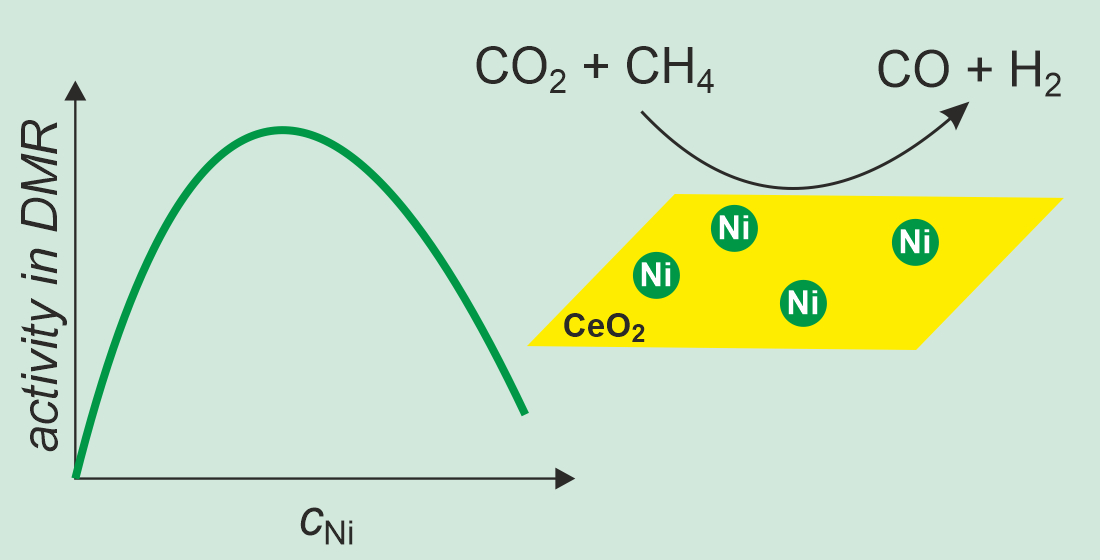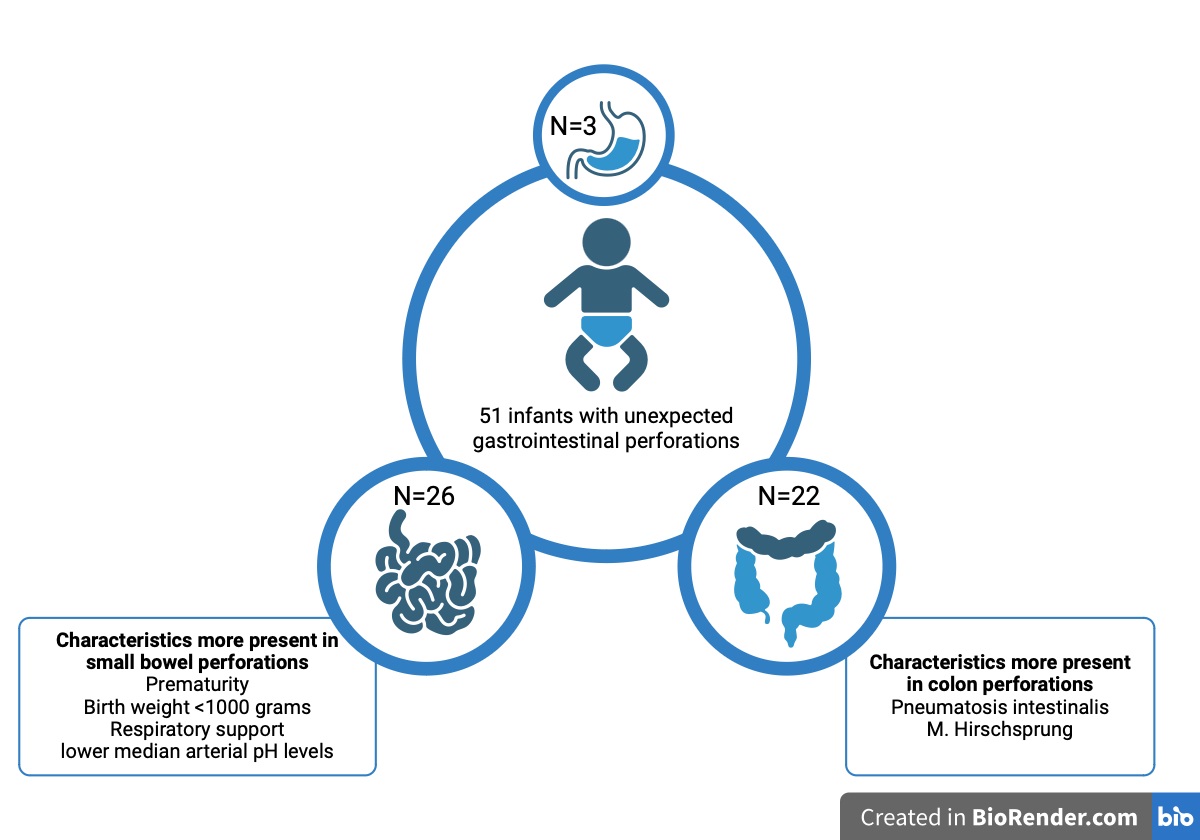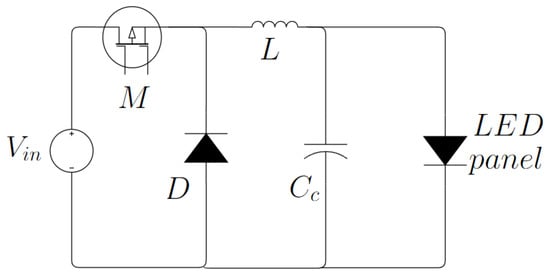3-Methylthio-1-propanol (3-Met) is an important flavor compound in various alcoholic beverages such as
Baijiu and
Huangjiu. To maintain the content of 3-Met in these alcoholic beverages, it is necessary to screen a micro-organism with high yield of 3-Met from the brewing environment. In this study, the ability of yeast strains from the
Baijiu brewing to produce 3-Met was analyzed, aiming to obtain yeast with high-yield 3-Met, and its fermentation conditions were optimized. Firstly, 39 yeast strains were screened using 3-Met conversion medium. The results showed that the majority of the strains from
Baijiu brewing sources could produce 3-Met, and nearly half of the strains produced more than 0.5 g/L of 3-Met. Among these, yeast F10404, Y03401, and Y8#01, produced more than 1.0 g/L of 3-Met, with yeast Y03401 producing the highest amount at 1.30 g/L. Through morphological observation, physiological and biochemical analysis, and molecular biological identification, it was confirmed that yeast Y03401 was a
Saccharomyces cerevisiae. Subsequently, the optimal fermentation conditions for 3-Met production by this yeast were obtained through single-factor designs, Plackett–Burman test, steepest ascent path design and response surface methodology. When the glucose concentration was 60 g/L, yeast extract concentration was 0.8 g/L, L-methionine concentration was 3.8 g/L, initial pH was 4, incubation time was 63 h, inoculum size was 1.6%, shaking speed was 150 rpm, loading volume was 50 mL/250 mL, and temperature was 26 °C, the content of 3-Met produced by
S. cerevisiae Y03401 reached a high level of 3.66 g/L. It was also noteworthy that, in contrast to other study findings, this yeast was able to create substantial amounts of 3-Met even in the absence of L-methionine precursor. Based on the clear genome of
S. cerevisiae and its characteristics in 3-Met production,
S. cerevisiae Y03401 had broad prospects for application in alcoholic beverages such as
Baijiu.
Full article
 IJMS
IMPACT
IJMS
IMPACT Applied Sciences
IMPACT
Applied Sciences
IMPACT Sustainability
IMPACT
Sustainability
IMPACT Sensors
IMPACT
Sensors
IMPACT JCM
IMPACT
JCM
IMPACT Energies
IMPACT
Energies
IMPACT Molecules
IMPACT
Molecules
IMPACT Materials
IMPACT
Materials
IMPACT Remote Sensing
IMPACT
Remote Sensing
IMPACT Cancers
IMPACT
Cancers
IMPACT Electronics
IMPACT
Electronics
IMPACT Mathematics
IMPACT
Mathematics
IMPACT Foods
IMPACT
Foods
IMPACT Buildings
IMPACT
Buildings
IMPACT Plants
IMPACT
Plants
IMPACT Nutrients
IMPACT
Nutrients
IMPACT Animals
IMPACT
Animals
IMPACT Polymers
IMPACT
Polymers
IMPACT Water
IMPACT
Water
IMPACT Diagnostics
IMPACT
Diagnostics
IMPACT Biomedicines
IMPACT
Biomedicines
IMPACT Agronomy
IMPACT
Agronomy
IMPACT Microorganisms
IMPACT
Microorganisms
IMPACT Processes
IMPACT
Processes
IMPACT Healthcare
IMPACT
Healthcare
IMPACT Forests
IMPACT
Forests
IMPACT Cells
IMPACT
Cells
IMPACT JMSE
IMPACT
JMSE
IMPACT Medicina
IMPACT
Medicina
IMPACT Viruses
IMPACT
Viruses
IMPACT Agriculture
IMPACT
Agriculture
IMPACT Nanomaterials
IMPACT
Nanomaterials
IMPACT IJERPH
IJERPH
 Land
IMPACT
Land
IMPACT Pharmaceutics
IMPACT
Pharmaceutics
IMPACT Pharmaceuticals
IMPACT
Pharmaceuticals
IMPACT Religions
IMPACT
Religions
IMPACT Biomolecules
IMPACT
Biomolecules
IMPACT Life
IMPACT
Life
IMPACT Micromachines
IMPACT
Micromachines
IMPACT Atmosphere
IMPACT
Atmosphere
IMPACT Antioxidants
IMPACT
Antioxidants
IMPACT Genes
IMPACT
Genes
IMPACT Metals
IMPACT
Metals
IMPACT Symmetry
IMPACT
Symmetry
IMPACT Children
IMPACT
Children
IMPACT Coatings
IMPACT
Coatings
IMPACT Vaccines
IMPACT
Vaccines
IMPACT Horticulturae
IMPACT
Horticulturae
IMPACT Education Sciences
IMPACT
Education Sciences
IMPACT Minerals
IMPACT
Minerals
IMPACT Brain Sciences
IMPACT
Brain Sciences
IMPACT JPM
IMPACT
JPM
IMPACT Bioengineering
IMPACT
Bioengineering
IMPACT




